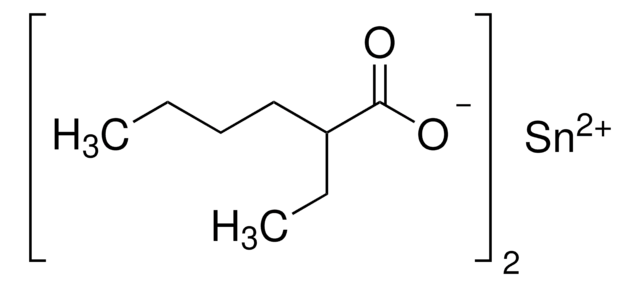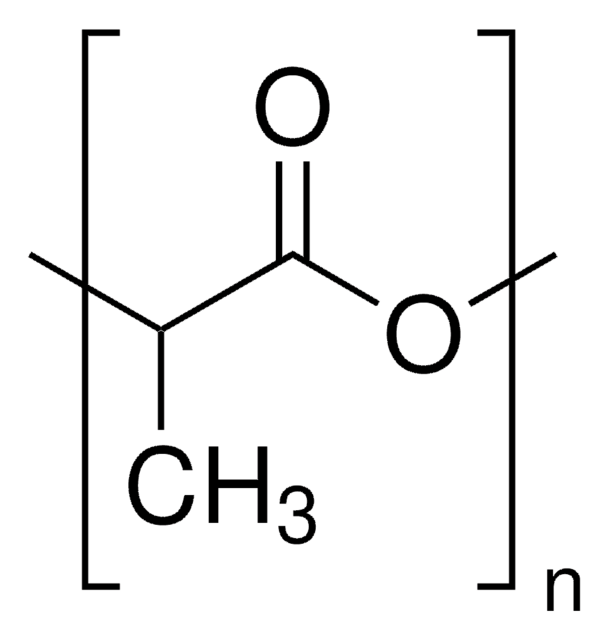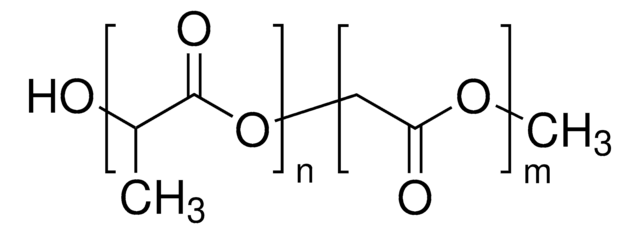457647
Poly(D,L-lactide-co-caprolactone)
DL-lactide 86 mol %
About This Item
Recommended Products
form
solid
feed ratio
lactide:caprolactone 85:15
composition
DL-lactide, 86 mol %
inherent viscosity
0.7-0.9 dL/g, in chloroform(lit.)
transition temp
Tg 16 °C
storage temp.
2-8°C
SMILES string
CC(O)C(O)=O.OCCCCC(O)=O
InChI
1S/C5H10O3.C3H6O3/c6-4-2-1-3-5(7)8;1-2(4)3(5)6/h6H,1-4H2,(H,7,8);2,4H,1H3,(H,5,6)
Looking for similar products? Visit Product Comparison Guide
Related Categories
Application
Features and Benefits
Storage Class Code
11 - Combustible Solids
WGK
WGK 3
Flash Point(F)
Not applicable
Flash Point(C)
Not applicable
Personal Protective Equipment
Choose from one of the most recent versions:
Already Own This Product?
Find documentation for the products that you have recently purchased in the Document Library.
Customers Also Viewed
Articles
We will explore the technological advances that have contributed toward the progress of 3DP of tissue engineering scaffolds, current materials used to create 3DP scaffolds, and the challenges that remain.
Innovations in polymer technology have had a significant impact on the advancement of novel drug delivery systems.
In the past two decades, tissue engineering and regenerative medicine have become important interdisciplinary fields that span biology, chemistry, engineering, and medicine.
Our team of scientists has experience in all areas of research including Life Science, Material Science, Chemical Synthesis, Chromatography, Analytical and many others.
Contact Technical Service









